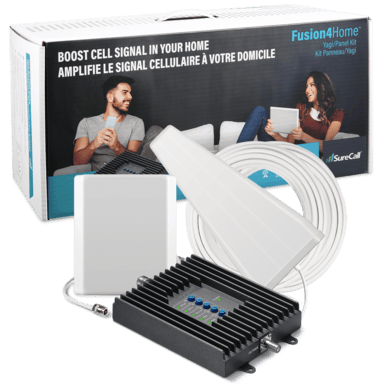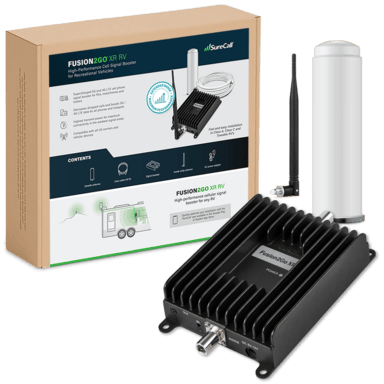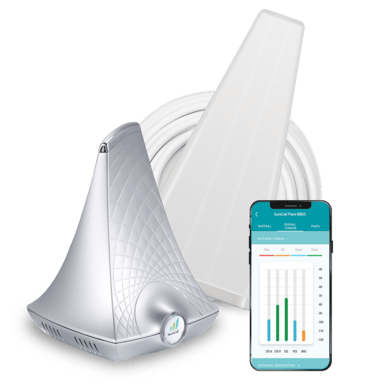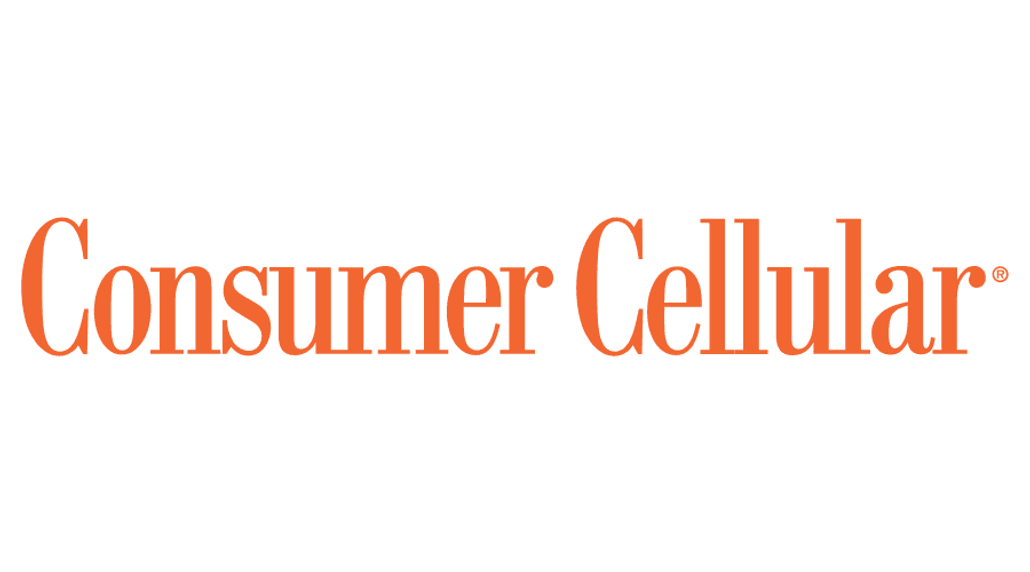
Consumer Cellular Coverage Maps
Posted by Dennis Findley on 17th Jun 2019
Everything you need to know about Consumer Cellular coverage maps for the U.S.
Consumer Cellular has been awarded #1 in customer service among non-contract value wireless providers 6 times in a row by JD Powers. Their plans are flexible, dependent on the number of lines, minutes, and amount of data desired by the customer. These mobile plans are month-to-month, making Consumer Cellular a sought-after provider for consumers in transition, traveling, experiencing unpredictable life changes, between carriers, or who are reticent to sign a long-term cellular service contract. Consumer Cellular often considered a favorite for seniors or other individuals who do not use an excessive amount of data.
How To Find Consumer Cellular Cell Towers
Use these websites to get a general idea of the Consumer Cellular coverage map in your area by looking at cell tower and antenna locations, hear reviews from other Consumer Cellular customers, and more by using these free tools.
- Good: CellReception – The cellular customer reviews here are a good way to get an idea of where there are cellular issues in an area. In our personal experience, we have been to some places that have 1-star reviews but have actually had great service in other parts of that area. That said, it’s always better to test the signal in that area yourself whenever possible.
- Better: Cell Mapper – The data on this site is great but may be challenging for a less technical cellular customer to read. The map clearly shows the exact location of cell towers near your location, the direction each faces, the bands supported, and much more.
- Best: Antenna Search – The data here is very good but the website itself can be a little bit challenging to navigate. Search by address to find all towers and antennas in a specific area and get data that clearly shows which cell company or companies operate on each cell tower.
Consumer Cellular Coverage Map for 4G LTE
In addition to flexible month-to-month plans, Consumer Cellular is also known to have competitive coverage. Below you’ll find coverage maps for Consumer Cellular 3G and 4G service.
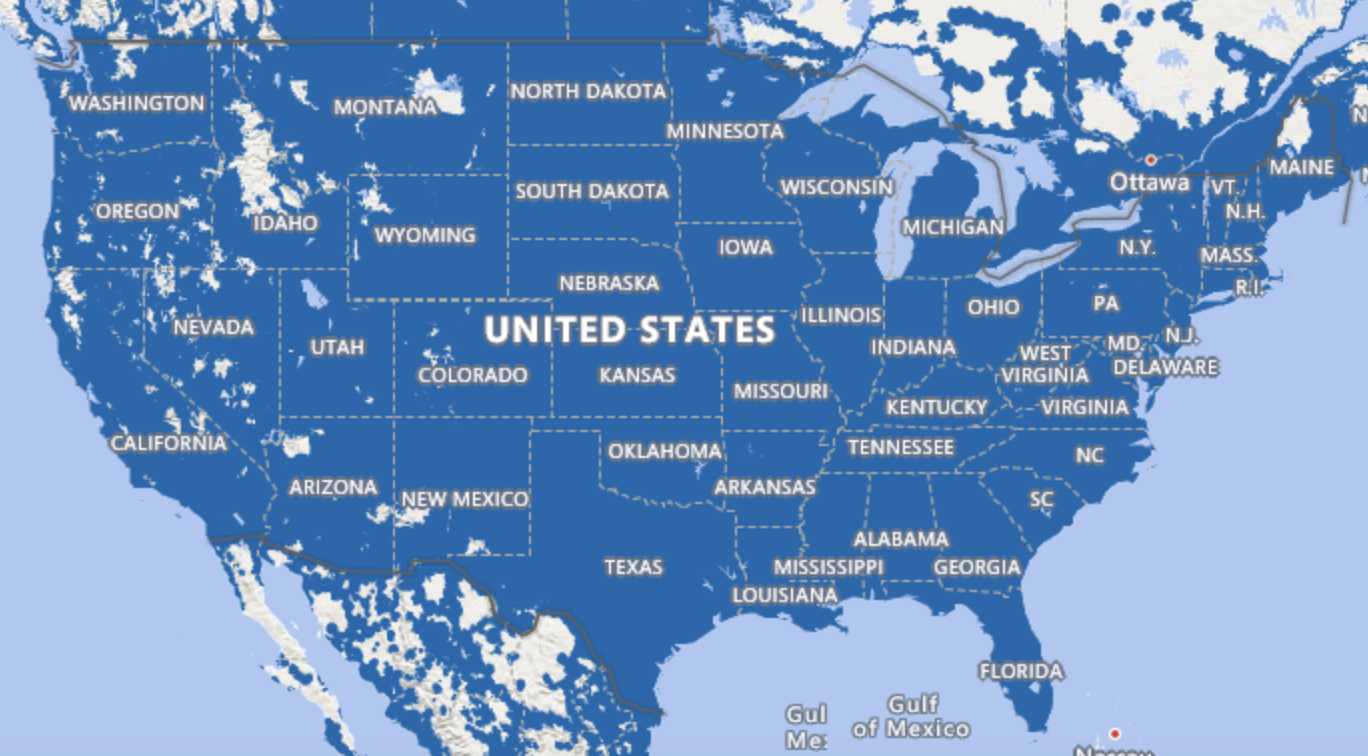
This image was taken on the Consumer Cellular website.
What Network does Consumer Cellular Run On?
Consumer Cellular is a MVNO (mobile virtual network operator). This means that instead of having its own unique cell towers, Consumer Cellular buys wholesale minutes and data from other carriers and piggybacks off these carriers’ cellular infrastructures. This means their coverage map is actually a combination of the networks of their primary cellular network providers.
Consumer Cellular operates on AT&T and T-Mobile networks, ensuring reliable 4G, 4G LTE, and 3G coverage. Users can choose from a range of compatible devices like the iPhone 14 or Samsung Galaxy S23, available directly through Consumer Cellular or via other retailers for porting.
Consumer Cellular also says they engage third party providers to help fill in gaps where AT&T and T-Mobile do not provide coverage. While the service from the third-party providers is less reliable and may only work outdoors and in the open without obstruction, it helps further extend Consumer Cellular’s coverage area.
Consumer Cellular 4G & 4G LTE Coverage Map
Consumer Cellular offers 4G & 4G LTE coverage through AT&T and T-Mobile. Above is a combined map of AT&T and T-Mobile 4G and 4G LTE service. While this map gives a high-level approximation of the general 4G coverage offered through Consumer Cellular, it’s also important to understand you may not actually experience the same density of service represented by the map.
That’s because these coverage maps are based on “best case scenarios;” that is, they represent an approximation of what coverage would look like if there were no geographical obstructions (such as mountains), buildings, foliage, or other obstructions. It also assumes that Consumer Cellular combines the coverage of their two nationwide networks. The fine print of the coverage map on the Consumer Coverage website suggests that a user will be placed on the single nationwide network that offers the best coverage in their geography, not on a “combined” network.
Consumer Cellular Coverage Map for 3G
In addition to a fairly robust 4G network, Consumer Cellular also offers comprehensive 3G wireless services through AT&T and T-Mobile. Above is the combined cellular network coverage map from these two providers.
While 3G doesn’t offer the same speed and data capabilities as 4G, it is sufficient for most voice calls in the coverage area.
Additional 3rd Party Networks Increase Coverage
In these areas, users may be able to experience some voice coverage, so long as they are outside and unobstructed. Use in a building or vehicle may not always be possible. However, a cellular booster may help to strengthen the signal in these locations.
The Caveat About Coverage Maps
As AT&T and T-Mobile are often considered to have the 2nd and 3rd best coverage in the United States, this assumption is transferred to Consumer Cellular. However, the fine print of the coverage maps on the Consumer Cellular website indicates that you may not be receiving combined coverage from these two carriers, but rather will be placed in a single nationwide network “based on the zip code” of your service.
However, most people don’t actually need fully-nationwide coverage; instead, it’s more helpful to look at the map as a guide to make sure your area and areas to which you frequently travel are covered by Consumer Coverage.
As an additional note, coverage maps in general are often an unreliable way to measure potential cellular signal viability in an area. This is because there is no scientific basis or standard for setting the coverage maps of a particular network. Instead, these maps are meant as a high-level estimate of the best-case scenario for coverage. This means they are generated on an assumption that there is flat topography, no obstructions such as trees or buildings, and doesn’t take into consideration being inside a building or vehicle.
In reality, your signal will depend on how close you are to a cell tower in your affiliated network—such as an AT&T or T-Mobile network—as well as whether you are indoors, outdoors, and whether there are any obstructions such as buildings, topography, walls, trees, etc. that may impact your cell signal.
This explains why you may be receiving a poor signal even if your location appears to be well-covered by the Consumer Cellular coverage maps.
How to Extend Consumer Cellular Coverage
If you experience reasonable bars outside from Consumer Cellular but are finding your signal inside a home, office, or vehicle is unreliable, you may consider investing in a cell signal booster. Explore cell signal boosters for your home, office, or for your vehicle.
How can we help?
Would you like to learn more about how to boost your mobile coverage through a signal booster? Feel free to browse our products or contact us with any questions!
Fusion2Go XR RV Cell Phone Signal Booster
Fusion4Home Yagi Panel Indoor Signal Booster
